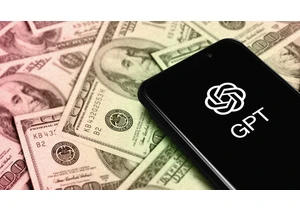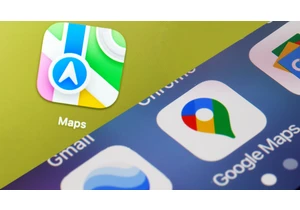A new survey released Wednesday by Microsoft and LinkedIn finds 75% of knowledge workers report using artificial intelligence for work—with nearly half of them having started using the software within the last six months.
Corporate leaders indicated they want to hire people who know how to use AI, with 71% saying they’d rather hire a less experienced job candidate with AI skills than a more experienced candidate without them, according to Microsoft’s new 2024 Work Trend Index report. Yet 60% of leaders say their organization doesn’t have a clear plan and vision to use the technology, according to the report, and many companies aren’t providing explicit training about how to use AI, amid general uncertainty about how AI tools like Microsoft’s Copilot can best be used in the workplace.
“We’ve come to the hard part of any tech disruption, moving past experimentation to business transformation,” said Colette Stallbaumer, GM of Copilot and cofounder of Microsoft’s WorkLab, in a recorded press briefing.
One challenge is that although tools like Copilot have a flexible, conversational interface, it still takes a bit of time to learn how to prompt the AI to get the best results. And until workers are confident they know ways to actually boost their productivity with the technology, it’s easy for them to fall back on their “muscle memory” and stick with familiar ways of getting their work done, says Jon Friedman, CVP, research & design at Microsoft.
“It turns out, it’s harder than it sounds to do things like, ask Copilot to write an email for you versus write it yourself,” Friedman tells Fast Company. “One of the things that we found is, we really need to help people get good at prompting.”
A potential solution that the company plans to roll out to Copilot users in the coming months is more AI—specifically, built-in AI that can help users craft prompts for Copilot. Autocomplete options, similar to those users are familiar with from search engines, will pop up as people begin to write prompts for the main Copilot, suggesting options like comparing two files or asking for a catch-up on incoming emails. Then, when people pick a suggested prompt or write their own, an optional prompt rewrite tool will be able to turn simple instructions, like “summarize this document,” into more detailed requests specifying more details, like desired content and formatting.
Like other AI output, Friedman says users will be able to edit and iterate on the expanded prompts themselves to change details about what they want Copilot to do. But even if people begin by trying out the suggested prompts verbatim, they’ll be getting more exposure to the kinds of detailed, conversational requests that Friedman says tend to generate the best results.
“Merely putting in front of people the kinds of prompts that do create more successful outputs will get people to think about if they change one word, or two words in one sentence, what might happen,” he says.
That kind of training may make a difference: Microsoft’s survey found that people the company calls “AI power users,” who use the technology several times a week and report it saves them more than half an hour of labor a day, are 56% more likely than other users to research and try new prompts and 68% more likely to frequently experiment with new ways to use AI. They’re also more likely to have received encouragement and training around AI at work.
With Microsoft’s research finding that 78% of AI users are “bringing their own AI” software of choice to use on the job, building that some of that encouragement and training into AI itself might help more users build confidence with the technology and incorporate it more into their daily routines.
Connectez-vous pour ajouter un commentaire
Autres messages de ce groupe

The role of the CFO is evolving—and fast. In today’s volatile business environment, finance leaders are navigating everything from unpredictable tariffs to tightening regulations and rising geopol

In June, Google released its newest smartphone operating system, Android 16. The same month, Apple previewed its next smartphone oper


I’ve worked at the bleeding edge of robotics innovation in the United States for almost my entire professional life. Never before have I seen another country advance so quickly.
In


Restaurant industry leaders are excited for

Elon Musk’s anger over the One Big Beautiful Bill Act was evident this week a
